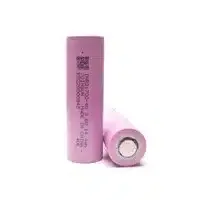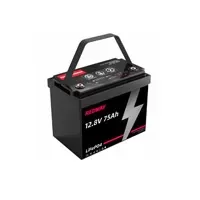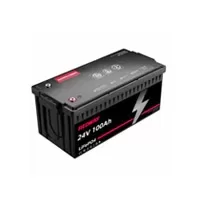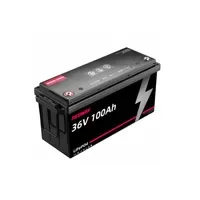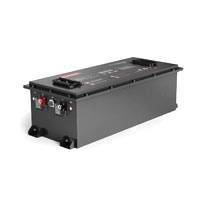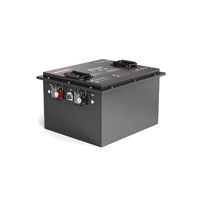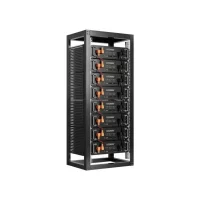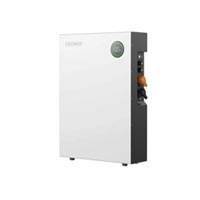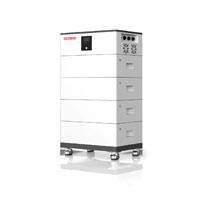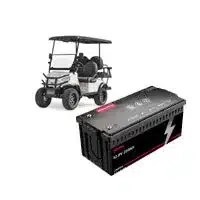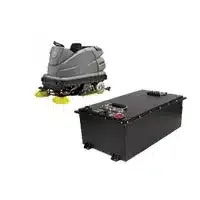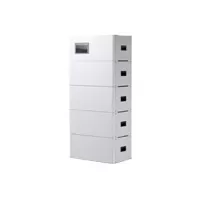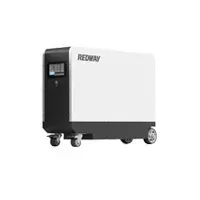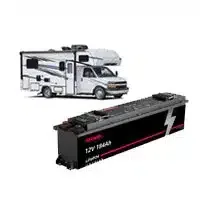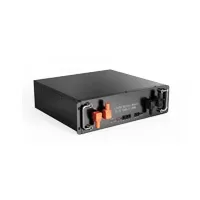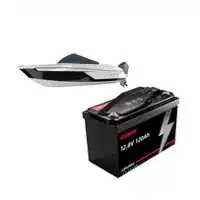LiFePO4 Battery vs Lead-Acid Battery in Safety, Stability, Performance and Environmental Impact
Discover the comparison between LiFePO4 and lead-acid batteries. LiFePO4 batteries are safer and more stable than lead-acid batteries, with a lower risk of thermal runaway or fire. They have a longer lifespan, higher energy density, and are environmentally friendly, free from heavy metal elements harmful to the human body. Safety and Stability: LiFePO4 batteries are […]
What is UN38.3? The Certification Shipping Standards For Lithium Batteries

Discover the knowledge about UN38.3 testing. UN38.3 refers to the test methods established by the United Nations to ensure the safe transportation of lithium batteries. These tests simulate extreme conditions that batteries may encounter during transport, ensuring their suitability and safety. UN38.3 certification is necessary to comply with international safety standards for lithium battery transportation. […]
The Best Battery for Cold Weather Applications

Welcome to Redway Battery, your ultimate destination for high-quality batteries designed to excel in cold weather conditions. When it comes to extreme temperatures, having a reliable power source is paramount. In this comprehensive guide, we delve deep into the realm of cold weather batteries, focusing particularly on the effectiveness of lithium batteries in sub-zero temperatures. […]
AGM Vs. Lithium Batteries: Which Are Better For Solar RV And Camper Van Battery Banks?

In the dynamic world of recreational vehicles (RVs) and camper vans, the quest for the perfect solar battery solution is ever-present. As enthusiasts and adventurers, we seek reliability, efficiency, and sustainability in every aspect of our journeys. Central to this pursuit is the choice between two prominent contenders: Absorbent Glass Mat (AGM) batteries and Lithium […]
5 Reasons to Switch To SLAR Series 48V Lithium for Golf Cart Batteries

Welcome to Redway Battery! As pioneers in lithium battery technology, we bring forth the pinnacle of innovation with our SLAR Series 48V lithium batteries tailored explicitly for golf carts. In the realm of golf cart batteries, where reliability, efficiency, and longevity reign supreme, our SLAR Series stands as a testament to superior engineering and unwavering […]
Series vs. Parallel Connections Explained

We pride ourselves on delivering comprehensive insights into battery technologies, empowering our readers to make informed decisions. Today, we delve into the intricate world of lithium batteries, focusing specifically on series and parallel connections. If you’ve ever pondered the disparity between these two arrangements, fret not; we’re here to elucidate every nuance, ensuring clarity in […]
Ternary (NCM) Lithium Batteries: Pros, Cons, and Tips for Longer Life
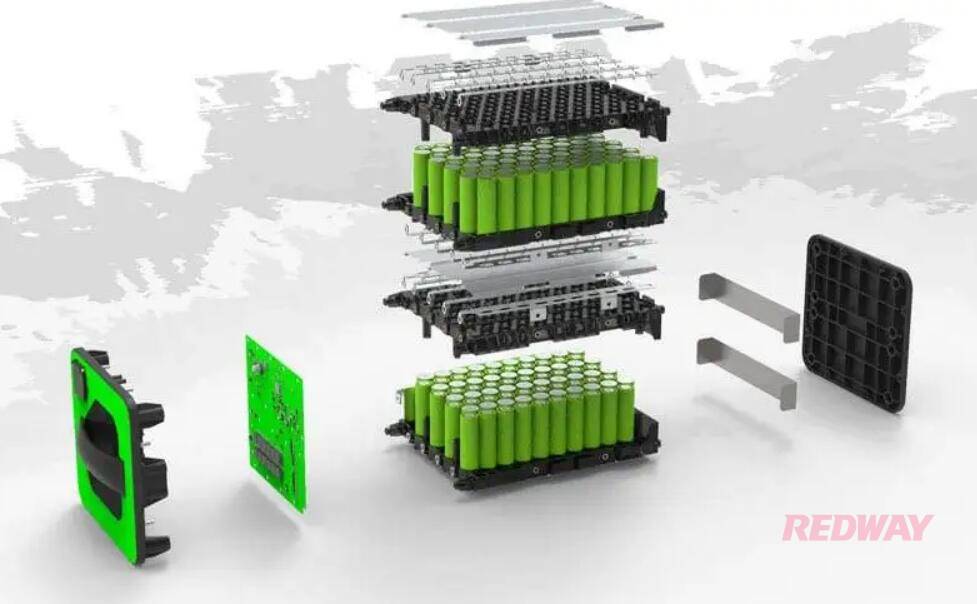
Compared to conventional batteries, lithium batteries have a long life, energy savings, environmental protection, no pollution, low maintenance costs, complete charging and discharging, and are lightweight. There is always a saying that lithium batteries have a long life, so how many times are three lithium battery life cycles? How long does the ternary lithium battery […]

